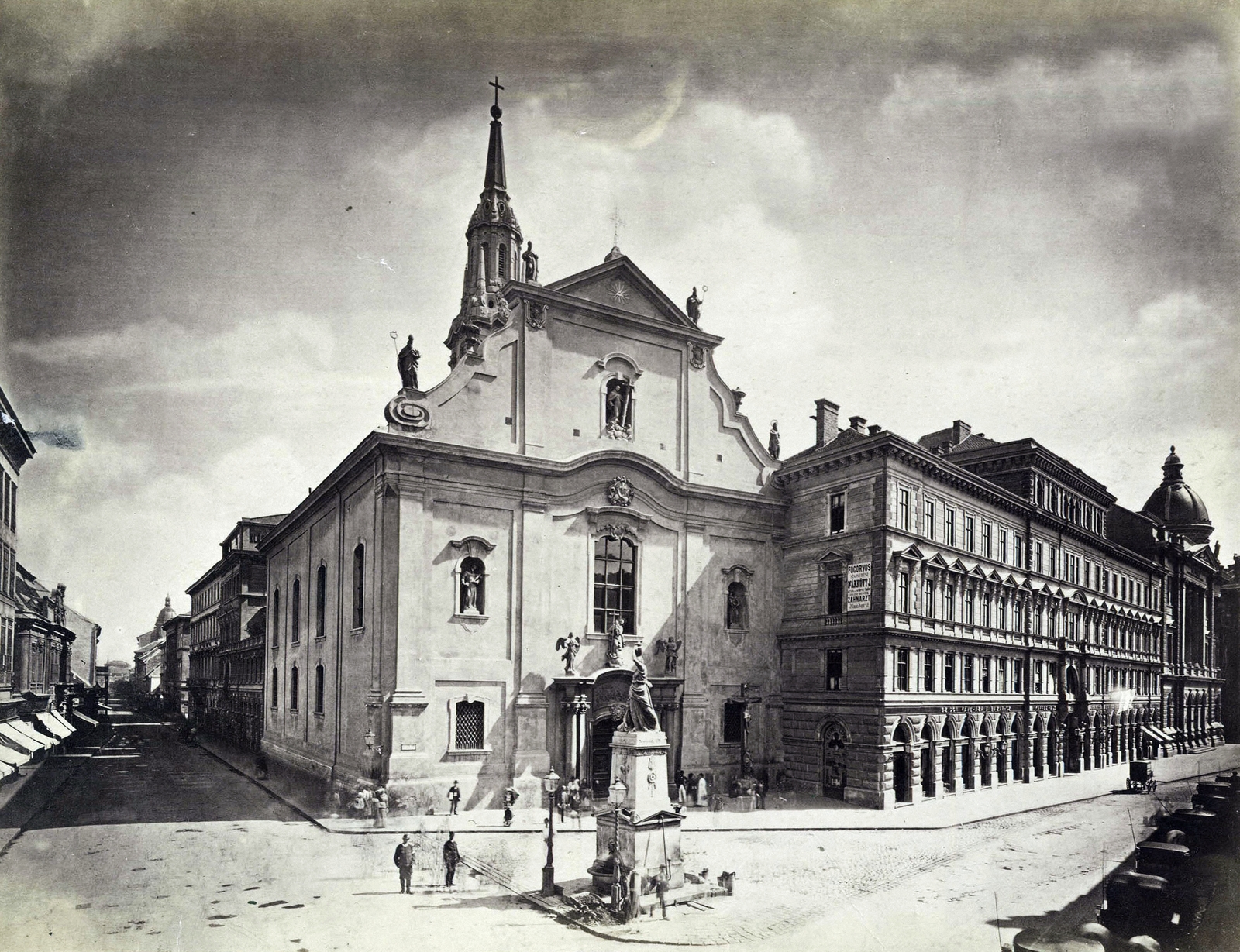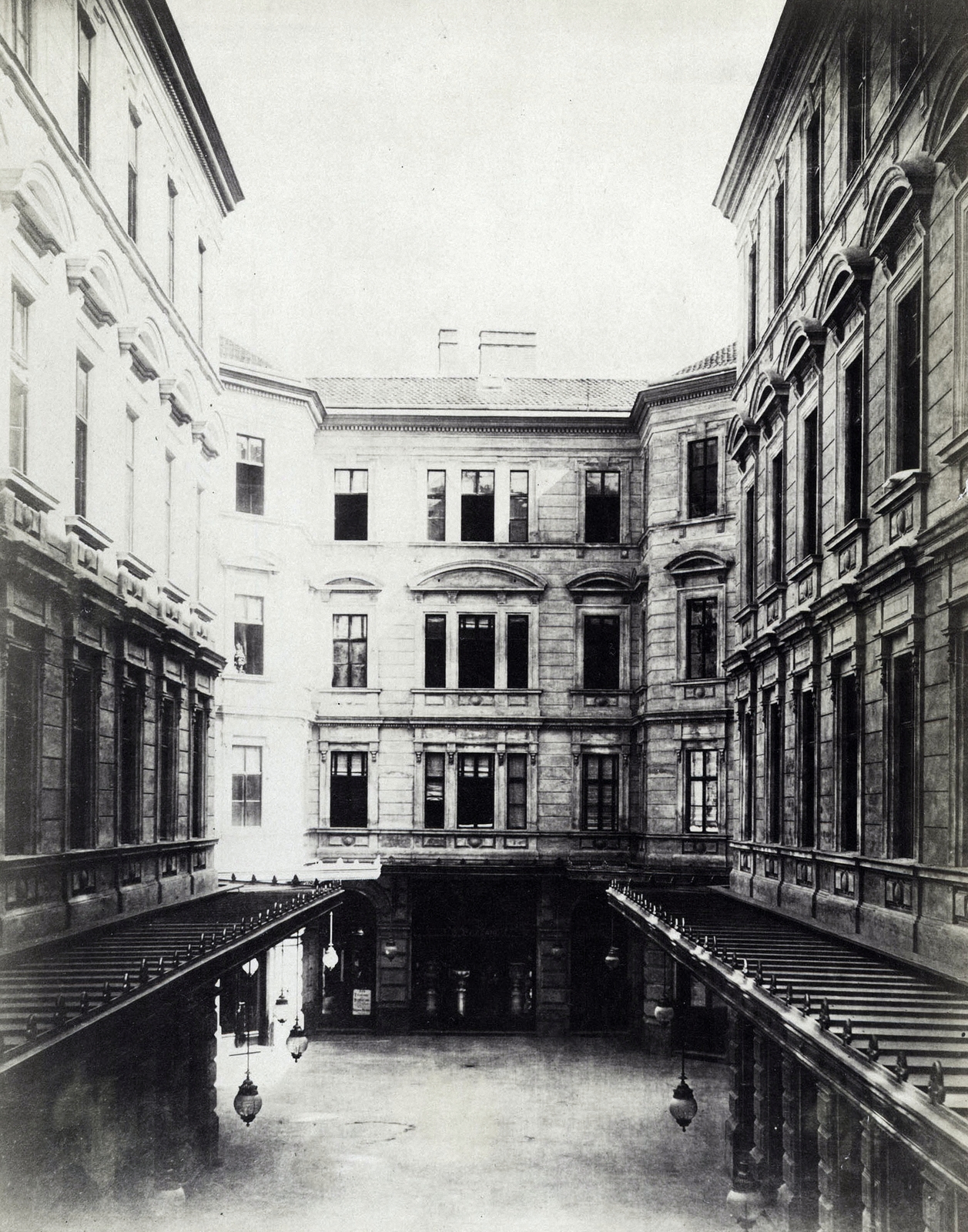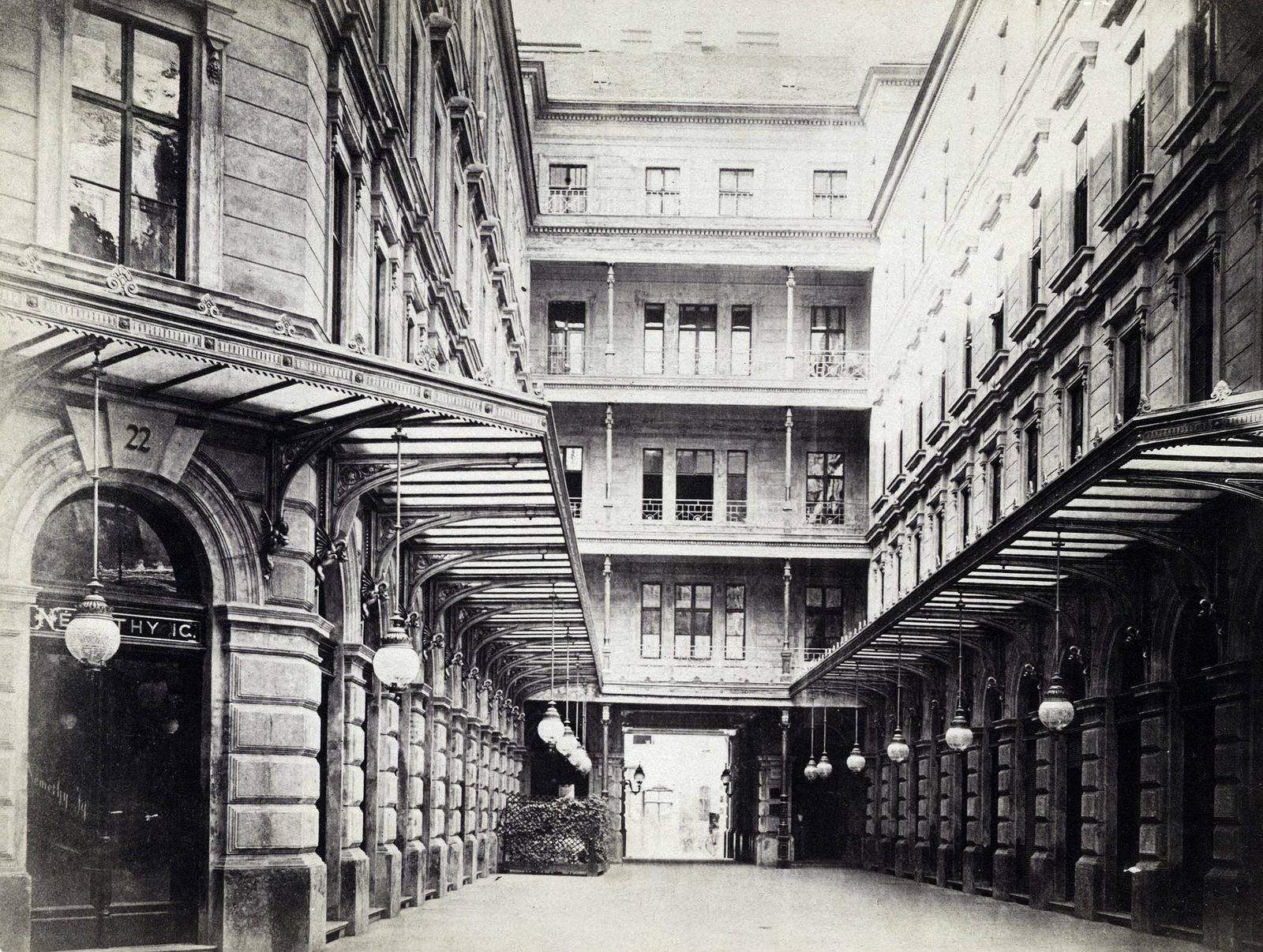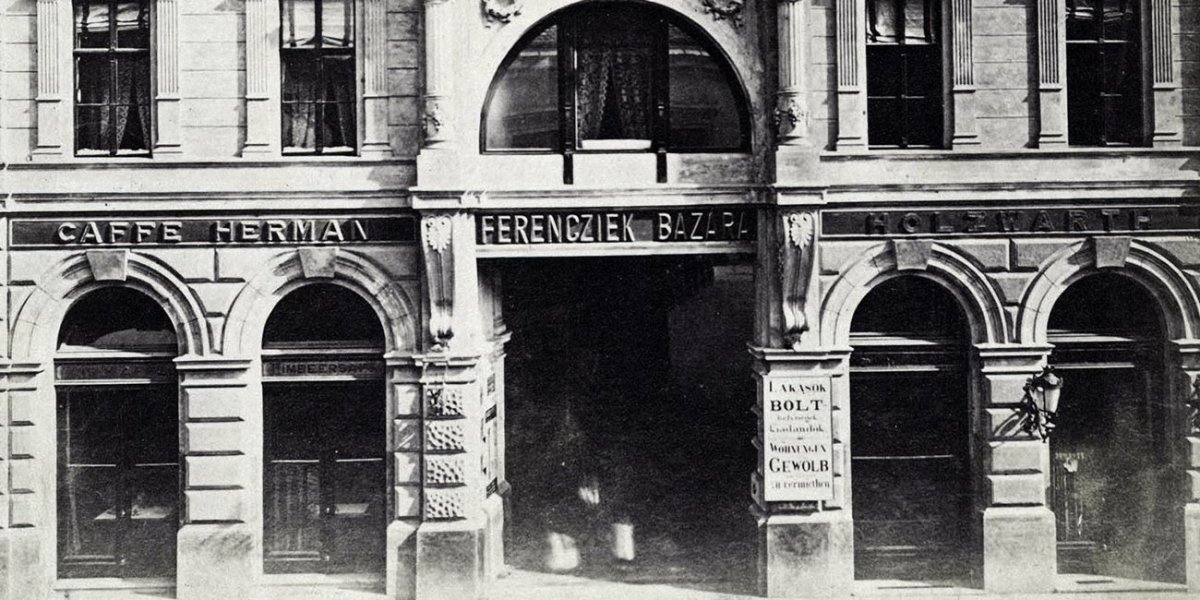Budapest began to develop dizzyingly fast after the unification, ie. after 1873. In a few decades, the old small towns of Pest and Buda became Budapest, rivaling Vienna. It also took that high-rise buildings to grow out of the ground in only months. One example of rapid construction was the construction of a house in the city centre next to the Franciscan Church, which had a serious accident 145 years ago, on 22 December 1876. The next day, the 23 December issue of Fővárosi Lapok summarized what happened:
“In the spacious building on the friars' square [Ferenciek Square] and Hatvani Street, at about eight o'clock yesterday morning, on the Hatvani Street facade to the right, from the entrance, a column wall cracked and torn off from the height of the third floor to the cellar. The poor workers, who had just been merrily working to make bread for themselves and their families for the Christmas holidays, found all of themselves nearly in their graves at once. Until yesterday afternoon, six heavy wounded and two dead were exhumed from the ruins. One of the dead is a young girl, barely eighteen years old, who worked as a day laborer, and Antal Fanta, an apprentice mason from Pécs, who was 28 years old and unmarried. ”
The building was designed by Lajos Frey and Napoleon Kéler to replace the outdated old convent of the Franciscan order, where Franciscan friars wanted to build a new building. It was meant to be not only a convent, but a business investment. The friars signed a contract with Lajos Frey and Napóleon Kéler, according to which the house would be built by Frey and Kéler, but they would receive ten thousand forints as rent for 30 years, and after 30 years the building would belong to the Franciscans.

Ferenciek Square and today 's Kossuth Lajos Street showed a completely different picture before the handover of the Elisabeth Bridge (Photo: Fortepan, Budapest Archives. Reference No.: HU.BFL.XV.19.d.1.07.096)
The bazaar was a popular solution in the second half of the 19th century. In an urban setting, there was a need for commercial premises, and this was satisfied by bazaars before independent commercial buildings appeared. These buildings had shops on the ground floor and the first floor, with several entrances leading to their courtyards, i.e. they acted as a kind of gateway house, but shops also opened from the courtyard.
Such a bazaar was designed by Napóleon Kéler and Lajos Frey for the Ferenciek Square. The three-storey, early-eclectic house had a large, L-shaped courtyard, which had exits to Ferenciek Square and today's Kossuth Lajos Street. We have already presented the house itself in an earlier article of PestBuda.
The foundation stone was laid in 1876 and work progressed at a rapid pace. However, there were problems from the very beginning of the construction, the authorities warned the builders several times about violating the architectural regulations, and even once they used the police force to make them work more slowly and in compliance with the rules.

The house was erected in a few months. Although the experts were constantly worried, the accident was not written at the expense of haste (Photo: Budapest Archives. Reference No.: HU.BFL.XV.19.d.1.05.196)
But all this was ineffective, and in December 1876 the accident occurred. The collapse buried a total of eight workers. As mentioned in the article, two people, an 18-year-old young Slovak national and an apprentice mason, were excavated dead underneath the rubble. Six suffered more serious injuries and were transported to Rókus Hospital.
The situation after the accident was described in the 23 December 1876 issue of Fővárosi Lapok as follows:
“In front of the bazaar on the two streets, the crowd was swarming from morning to night, so there had to be room made by cavalry cops. The cry of the unfortunates touched every heart. One had his head, the others legs, hands, side ribs, and waist broken. There was hardly one or two who survived with a small shock and insignificant injury. By the way, even more of the workers are missing who are still trapped in the rubble. The office of urban engineering took steps to prevent another accident. "
The accident was, of course, followed by official proceedings. Early expert studies said the disaster was due to an inadequate vault that was too flat.

György Klösz's workshop was also in the house. The studio of the creator of these pictures was set up in the attic, where a fire broke out shortly after the house was handed over (Photo: Fortepan, Budapest Archives. Reference No.: HU.BFL.XV.19.d.1.05.198)
However, the architect claimed - Napoleon Kéler was not on site at the time of the accident, or even in the city, as he was on his honeymoon - that he had obtained the building material from the right place, in good quality, and had not rushed the construction. He attributed the accident to extremely rainy weather. The materials were also found to be appropriate by the experts, and the prosecutor therefore terminated the proceedings in May 1877, meaning the authorities saw no connection between the previous warnings, the violations, and the accident that occurred.

The Ferenciek Bazaar was built and still stands in Ferenciek Square as it was handed over in 1877 (Photo: György Klösz Fortepan / Budapest Archives. Reference No.: EN.BFL.XV.19.d.1.06.046)
The dilapidated part was rebuilt, and the building was handed over in 1877, and it still stands today. Shortly after the handover, a fire broke out in the attic next to the studio of the photographer György Klösz, but the alarm was greater than the danger, the fires were extinguished by the firefighters in half an hour.
Less than a year after the collapse, the building entered the news on a completely different topic, as on 7 December 1877, the industry association tested the new invention, the telephone, in this building.
Cover photo: György Klösz 's photo of the entrance to the Ferenciek Bazaar (Fortepan, Budapest Archives). Reference No.: HU.BFL.XV.19.d.1.05.200)




































Hozzászólások
Log in or register to comment!
Login Registration